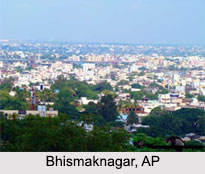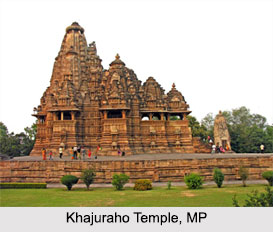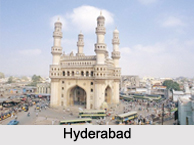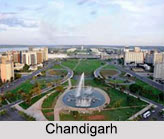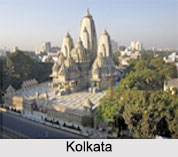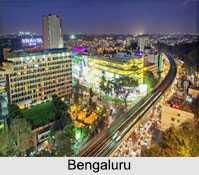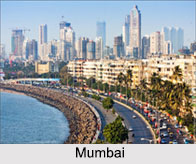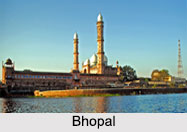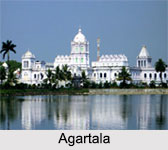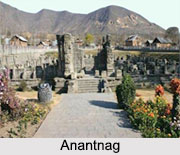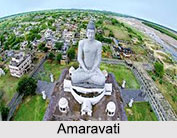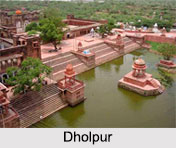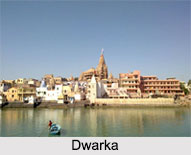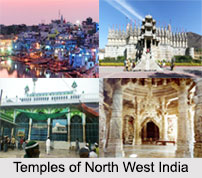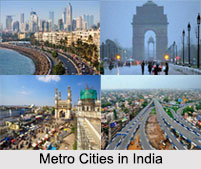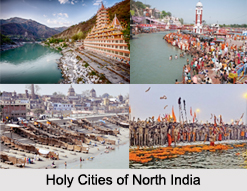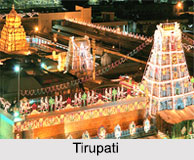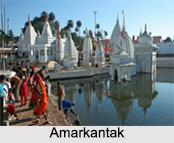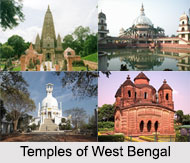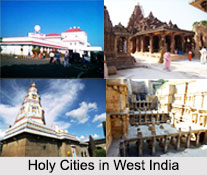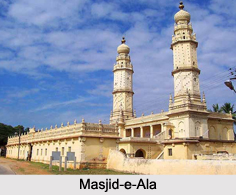 Masjid-e-Ala or Jama Masjid in Srirangapatna is another tourist attraction in the princely state of Mysore. Masjid-e-Ala or Jama Masjid is located near the Bangalore Gate of the Fort of Tipu Sultan. The Masjid-e-Ala or Jama Masjid in Srirangapatna is another tourist attraction in the city. Tipu Sultan, during his reign built this Masjid-e-Ala or Jama Masjid in 1784 after he ascended the throne of Mysore. One can see Masjid-e-Ala, while one sees the prime attraction of Mysore, Mysore Palace.
Masjid-e-Ala or Jama Masjid in Srirangapatna is another tourist attraction in the princely state of Mysore. Masjid-e-Ala or Jama Masjid is located near the Bangalore Gate of the Fort of Tipu Sultan. The Masjid-e-Ala or Jama Masjid in Srirangapatna is another tourist attraction in the city. Tipu Sultan, during his reign built this Masjid-e-Ala or Jama Masjid in 1784 after he ascended the throne of Mysore. One can see Masjid-e-Ala, while one sees the prime attraction of Mysore, Mysore Palace.
Architecture of Masjid-e-Ala
During the time of Tipu Sultan, he personally came and often offered the prayer to God. Masjid-e-Ala or Jama Masjid has lofty minarets that touch the sky these minarets stand on a high platform. It has an open court in the front and a covered veranda full of architectural beauty. The minarets in Masjid-e-Ala or Jama Masjid are double storied and octagonal in shape with pigeonholes surmounted by Muslim architectural domes that adds to the grandeur of the entire structure of Masjid-e-Ala or Jama Masjid.
Inside the Masjid-e-Ala or Jama Masjid, there is a huge prayer hall where the Muslim people used to go to Prayer daily and the Mihrab on the western side. There is an inscription in Masjid-e-Ala or Jama Masjid that mentions all the ninety-nine names of Allah, according to the Holy Quran.
There is a flight of about two hundred steps which is leading to the top of the minarets from where one can have a splendid view of the surrounding area that attracts the people who come to visit the Masjid-e-Ala or Jama Masjid. The Persian scriptures done during the time of Tipu Sultan in fine calligraphy and intricate ornamentation decorate the walls and ceilings of this Jama Masjid.
Attractions of Masjid-e-Ala
The Masjid-e-Ala has imposing looking towers and two major minarets that are built on high platform. One can get to the top of the minarets by climbing around 200 steps. The mesmerising view of the enclosing area from the top of the minaret is worth watching. The clock in the masjid which is close to 100 years old is an additional big attraction. The clock is still in working situation.
